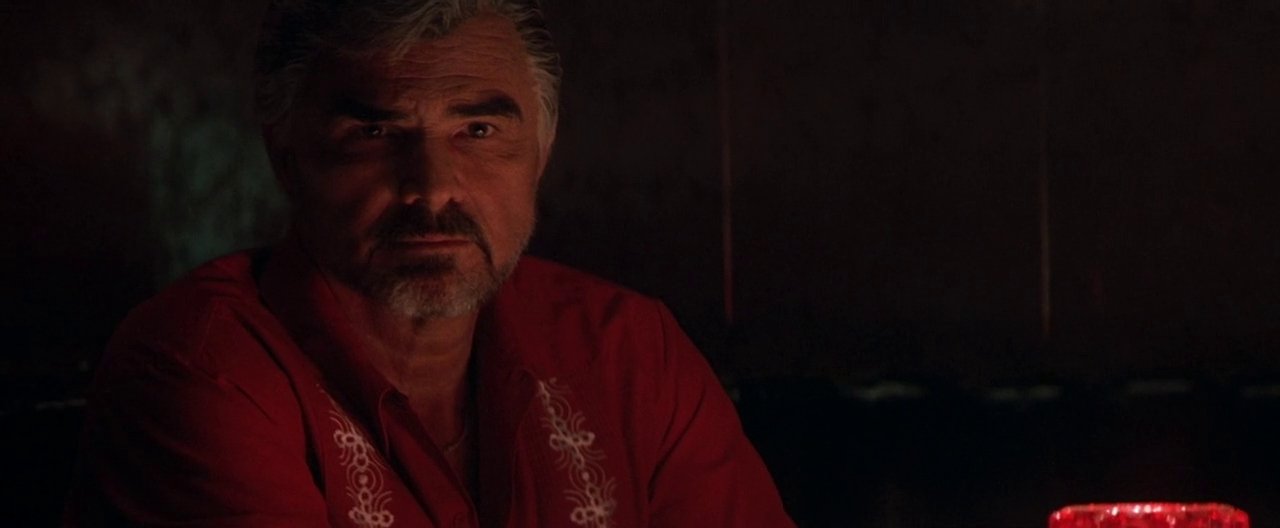the rule of thirds
The rule of thirds is one of the oldest and most important rules of cinematography, and in fact it’s older than the invention of cinematography itself. It’s a rule of thumb, not an unbreakable law. Like many rules, and as history shows, it’s one that’s sometimes fun to break.
WHAT IS THE RULE OF THIRDS
The rule of thirds is, in purely theoretical terms, very simple. It was established before the invention of cinema, so the principle is relevant to visual composition itself.
PICTURE THIS
Take any photograph or film still and imagine it to be divided into 9 equal parts, divided by two horizontal lines and two vertical lines.
The rule of thirds states that the most important elements of the composition should be positioned along the dividing lines, and particularly upon their points of intersection. The rule of thirds is therefore opposed to the pure symmetry of centring composition elements.
DEVELOPMENT
The rule of thirds is no abritrary regulation. It was first conceived as a principle of aesthetic composition in 1797 by the painter John Thomas Smith, in his work Remarks on Rural Scenery. But he didn’t just state the rule. He identified why it ought to be one.
He derived it from his consideration of lighting in depictions of rural scenery, and he argued that ‘two distinct, equal lights should never appear in the same picture’. Smith believed that, where there are two lights in a picture, one should always be ‘principal’, and the other ‘subordinate’. His reasoning was that ‘unequal parts and gradations lead the attention easily from part to part, while parts of equal appearance hold it awkwardly suspended’.
The rule of thirds is a more general elaboration of this concept of dominant and subordinate lighting. The reason that dividing and arranging a composition into thirds is so significant, is that it precludes the possibility of symmetry or equality between compositional elements.
Taking his idea further, Smith argued, that in ‘connecting or in breaking various lines of a picture’ the rule of thirds should be used in deciding proportionality. He gives the example of a landscape painting, saying it would be best for the sky to take up either two thirds or one third of the composition, but never half. That way, when the mind makes sense of the painting, it’s attention follows a smooth, natural path from the dominant to subordinate element.
THE RULE OF THIRDS IN FILM
When it comes to film, the rule of thirds has been elevated to a vital concern of directors, cinematographers, and editors. This is no coincidence. Because a filmic composition is by definition dynamic, composing shots and sequences of shots in a way that guides viewers’ attention is critical. A film sequence should, as a rule, be composed in a way that fluidly gives emphasis, or draws attention, to what’s important, and it should avoid arresting attention by way of confusion and discontinuity.
The rule of thirds therefore governs not only individual shot composition, but also the dynamic movement within shots and the editing of multiple shots in sequence.
Have a look at the stills off to the right of sequential shots in Paul Thomas Anderson’s masterful Boogie Nights (1997). Burt Reynolds and Mark Wahlberg are both shot off-centre, and each of their nose-lines falls at approximately a third of the width of the shot, on opposing sides. Multiple shots are sequenced as the pair make eye contact across the club, building tension and dynamism, until Jack (Reynolds) tracks Eddie (Wahlberg) down in the kitchen and asks him if he wants to be in a movie…
BREAKING RULES
If there’s a rule, it’s there to be broken.
The rule of thirds, as stated, is usually used to build a sense of continuity or dynamism in a scene, or in shifts between scenes. But sometimes, the director is trying to do something else. In such cases, breaking the rule of thirds has proved a useful technique in many famous films.
Director Stanley Kubrick, in particular, has broken the rule on notable occasions. One of his most famous dalliances with the law is the tricycle scene in The Shining (1980), in which the child Doc (Danny Lloyd) is filmed riding his tricycle through the hallways of the Overlook Hotel. Kubrick breaks the rule by keeping Doc vertically and horizontally centred in an extended dolly take of about 36 seconds. Keeping Doc so fixed as he moves, even as he rounds corners, creates an unnerving sense of the unnatural. This is reflected in the bare walls and the garish geometric design of the carpet, and the visual unease is cranked up as the soundtrack elevates to an eerie pitch and the boy inexplicably stops the bike dead outside Room 237. As the camera dolly rolls, Doc is fixed centre-screen: he’s in motion, but it’s an unnatural motion, as though he is being unknowingly pulled along by an invisible string.
Breaking the rule of thirds: uneasy, unnatural.
WRAP UP
It’s useful to remember that the rule of thirds isn’t an arbitrary invention. Humans came up with the rule to give form to what their minds were already naturally attuned to do.
That’s why, although Smith might have been the first to put the rule in words, artists had already been obeying it (and breaking it) for centuries.
We are often able to appreciate art long before we are able to articulate why we do. The art world went mad over Jackson Pollock’s drip paintings when they emerged in the late 40s. Some thought it was a hoax, others a fad. Fifty-dd years later, computer analysis revealed what neither Pollock nor the public ever knew, even if they felt it: those seemingly random paint spills form fractals, geometric patterns found everywhere in nature.
As Pollock once said, and not knowing what a fractal was:
‘I am nature’.


